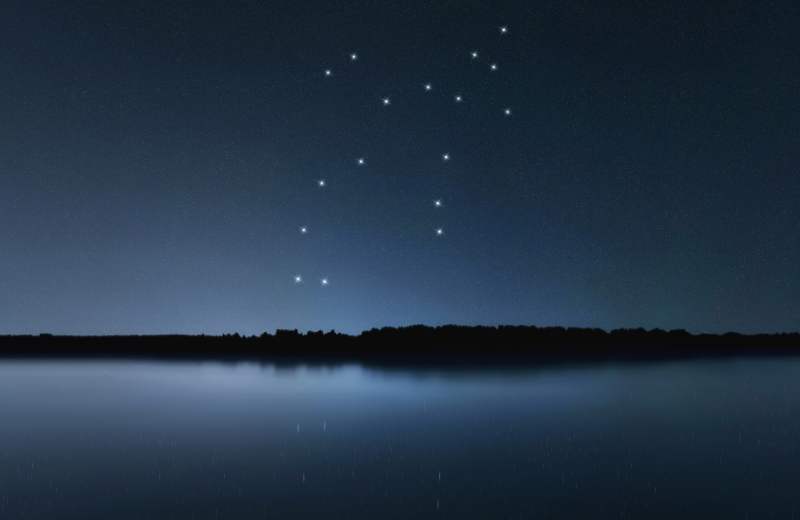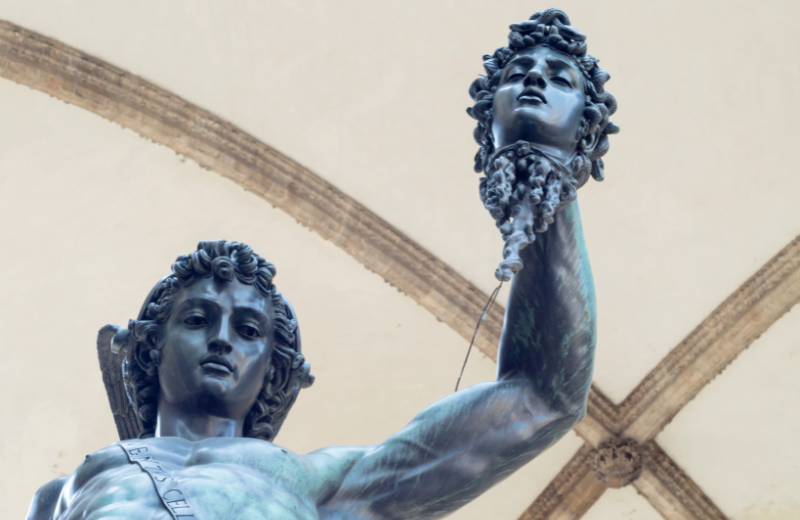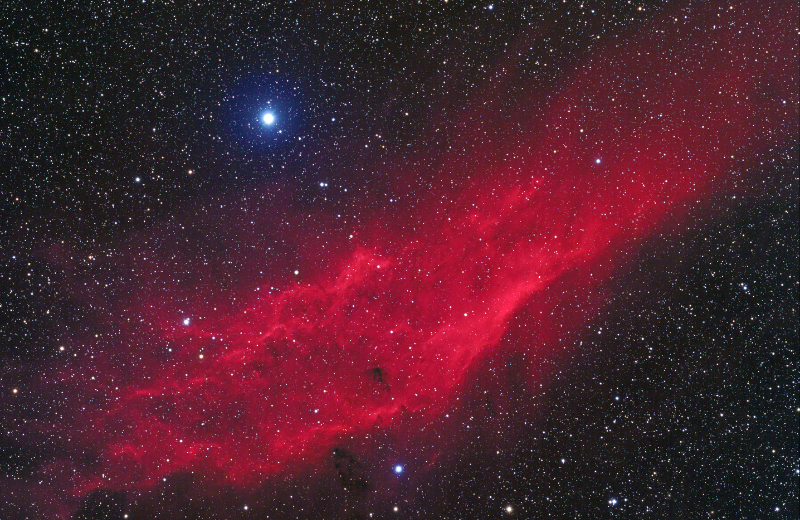For those interested in astronomy or captivated by Greek mythology, the Perseus constellation offers much to discover. Named after one of Greek mythology’s most famous heroes, it’s a star-studded region with bright stars, intriguing celestial clusters, and a story rich in adventure. Here’s everything you need to know about Perseus, from its location in the sky to the unique features that make it stand out.
Jump to:
Recommended for you!
Best SellersWhat is the Perseus Constellation?
The Perseus constellation is located in the northern sky and is visible to observers in the UK and across the Northern Hemisphere. It’s part of the Milky Way galaxy and belongs to a group of constellations associated with Greek myth, specifically Perseus. Its most prominent stars, as well as its clusters and nebulae, have made Perseus a favourite for stargazers and amateur astronomers.
What Does Perseus Look Like?

In the night sky, Perseus appears as a collection of bright stars forming a loosely scattered, recognisable figure. Although it may not have as distinct a shape as others, you can find it by locating its brightest stars, which trace the figure of the Greek hero. It’s situated near other mythological constellations, such as Andromeda and Cassiopeia.
How Far is the Perseus Constellation from Earth?
The Perseus constellation is home to many stars at varying distances. While some of its closer stars are hundreds of light-years away, the cluster known as the Perseus Cluster (containing many galaxies) sits about 240 million light-years from Earth. This massive cluster is a unique feature of the constellation, containing numerous galaxies bound together by gravity, forming a stunning cosmic landscape.
The Perseus Constellation Myth

In Greek mythology, Perseus was a demigod and the son of Zeus. Tasked with a seemingly impossible mission to defeat Medusa, he bravely ventured to cut off her head, using her reflection in his shield to avoid her deadly gaze. After his victory, Perseus went on to save Andromeda, a princess chained to a rock as a sacrifice to a sea monster. The myth solidifies Perseus as a symbol of courage and heroism, and his constellation eternally reflects his place among the stars.
Perseus’s Stars
The Perseus constellation contains many bright and well-known stars:
- Mirfak (Alpha Persei) – The brightest star in Perseus, Mirfak, is a giant star approximately 590 light-years from Earth. Its brilliance makes it the first star most people notice when observing the constellation.
- Algol (Beta Persei) – Known as the “Demon Star,” Algol is famous for its regular fluctuations in brightness. It’s an eclipsing binary star, meaning two stars orbit each other, and their periodic dimming has fascinated observers for centuries. Algol is approximately 90 light-years away from us.
Nebulae in the Perseus Constellation

The Perseus constellation hosts several notable nebulae:
- The California Nebula (NGC 1499) – This large emission nebula gets its name from its resemblance to the shape of California. It’s one of the most popular nebulae for astrophotography and lies close to the star Xi Persei.
- IC 348 – This small star-forming region contains a cluster of young stars and is a rich field of study for astronomers researching stellar evolution.
Finding Perseus in the Sky
Perseus is best viewed during the autumn and winter months, with November offering particularly excellent visibility in the northern hemisphere. At this time of year, the constellation reaches its highest point in the sky during the evening, making it easier to locate and admire.
Locating Perseus
To find Perseus, begin by spotting the W-shaped constellation Cassiopeia, a well-known feature of the northern sky. Perseus is positioned just below Cassiopeia, which can help you orient yourself. Once you’ve identified Cassiopeia, trace downwards to locate Mirfak, the brightest star in Perseus. Nearby, you’ll find Algol, also known as the "Demon Star," which further outlines the constellation.
For observers in the UK, Perseus is well-placed for viewing on clear, dark nights, especially away from the interference of city lights.
Viewing Perseus with Binoculars or a Telescope
- With binoculars: The brighter stars like Mirfak and Algol will stand out even more, and you’ll be able to appreciate some of the fainter stars that form the full shape of Perseus. Binoculars can also help in regions with light pollution, allowing you to capture more of Perseus’s finer details.
- With a telescope: You’ll have the chance to explore some of Perseus’s more intricate features, such as the Double Cluster, a remarkable pair of star clusters nestled between Perseus and Cassiopeia.
Best Viewing Conditions
For an optimal viewing experience, head to a location with minimal light pollution on a clear, moonless night. The dark skies will bring Perseus into sharper relief, allowing you to appreciate the constellation’s unique features. Once you’ve spotted Cassiopeia, locating Perseus becomes a rewarding way to explore this area of the night sky.
Recommended for you!
Best SellersFun Facts About Perseus
- Algol’s Mythical Reputation – Algol, or the “Demon Star,” earned its name from the Arabic word for demon due to its dimming pattern, which was once associated with supernatural beliefs.
- Double Cluster Delight – Perseus contains a well-known feature called the Double Cluster, comprising two open star clusters, NGC 869 and NGC 884. They’re visible to the naked eye in dark skies, and even more impressive through binoculars or a telescope.
- Greek Legacy – Perseus, along with Andromeda and Cassiopeia, weaves a fascinating mythological tapestry in the night sky, highlighting the stories ancient Greeks used to explain the cosmos.
Study Astronomy for £29
If the Perseus constellation has sparked your curiosity, why not explore more about the stars and the cosmos with our Astronomy Diploma Course at Centre of Excellence? This course offers a detailed understanding of the universe, from constellations and star types to the fundamentals of space observation. Perfect for all budding astronomers, the course is available for a discounted price of £29.













